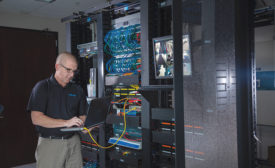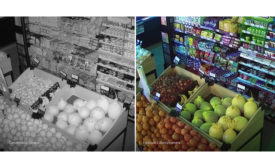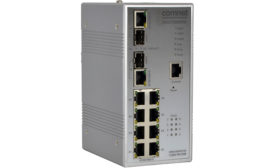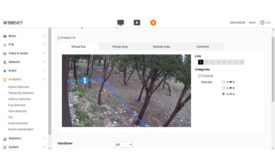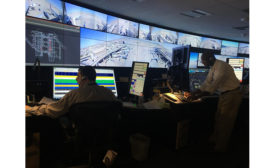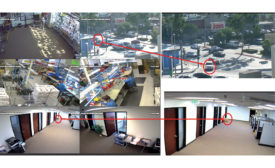ARTICLES
VIDEO SURVEILLANCE
The advanced functionality of today’s video surveillance recording systems comes with a degree of complexity in the configuration and installation.
Read More
VIDEO SOLUTIONS
Low Light Camera Performance Continues Its Rapid Rise
Improvements in sensors, processing and other factors help remove ‘night-and-day’ differences of past technologies.
September 16, 2019
VIDEO SOLUTIONS
5 Critical Factors for Video Power & Transmission Success
Once considered almost afterthoughts, these two foundational solutions play vital roles in video surveillance system design and installation.
August 19, 2019
VIDEO SOLUTIONS
Training Holds the Key to Securing Customers' VMS Success
Following best training practices helps your clients get the most out of the functionality of their video installations.
June 10, 2019
Video Analytics: Mature Solution or Still-Developing Technology?
As solutions improve, integrators face decisions about when and how to deploy these technologies to provide additional benefits to their customers and generate all-important RMR.
May 20, 2019
VIDEO SOLUTIONS
An Integrator’s Guide to Cloud Video Services and Solutions
While providers’ specific offerings may differ, the one constant is the opportunity to cash in on additional RMR from the cloud.
April 8, 2019
Video Walls and Their Importance in Monitoring Centers
Convergence and the role of big data make video walls increasingly critical to the success of monitoring centers.
March 25, 2019
VIDEO SOLUTIONS
6 Keys to Successful Video Storage
Increased camera resolution and longer retention requirements put storage front and center in video surveillance system deployments.
March 18, 2019
Feeding the Growing Appetite for Video Surveillance Data
Increasing amounts of data and new models for analysis move solutions closer to proactive tools than merely reactive.
December 19, 2018
Be in the forefront of security intelligence when you receive SDM.
Join over 10,000+ professionals when you subscribe today.
SIGN UP TODAY!Copyright ©2025. All Rights Reserved BNP Media.
Design, CMS, Hosting & Web Development :: ePublishing
